The Thirty Years’ War (see: Battle of White Mountain) and the subsequent economic decline also affected the rearing of carp, and things changed for the better only in the 1860s. Today, artificial ponds and lakes cover about 51,000 hectares, which is rather bleak compared to their heyday four centuries ago. Modern breeding technologies, however, have worked miracles with productivity. Thus, the Czech Republic’s fisheries annually deliver more than 21,000 tons — quite impressive for a land-locked country — of which carp represent nearly 90 percent.
One might, of course, ask whether there not are other and better tasting species that can be successfully reared in ponds. Well, there definitely are. So why are the Czechs so fixated on the poor carp? Simply because of its almost mythical role in Czech culture.
This is not only based on the fact that the carp is a “cute” fish, whose marked lips, big eyes and fat belly make it an obvious heroin the illustrated fairy-tales which Czech children are raised with. The main reason is that the carp, ever since the Middle Ages, when people strictly observed Lent, has been the ultimate Christmas dish of the Czechs.
Neither centuries of Austrianrule, Nazi occupation or communist dictatorship managed to budge the carp’s position. Just as stubbornly as the Czechs resisted the Moscow-promoted Dyedushka Moroz (Father Frost) and clung to their Ježíšek (Infant Jesus) as the holiday’s main star, nothing can replace the carp, served fried with potato salad, at the Christmas table.
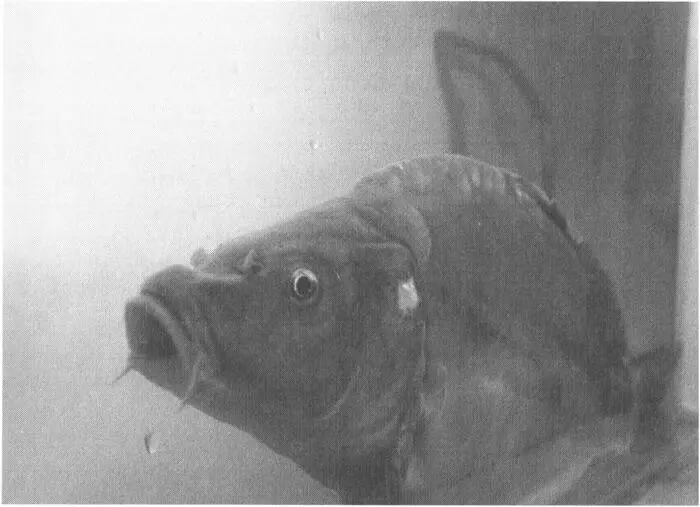
Photo © Jaroslav Fišer
Thus, every December a fantastic show is performed all over the country. Large containers filled with water and wriggling carp pop up in streets and squares. Even if the thermometer falls to 20 degrees below zero, millions of Czechs queue up patiently for hours to buy their Christmas dinner. When they are finally served, the fishmonger, with clothes dramatically smeared with blood and guts, asks the classic question: to kill, or not to kill?
Most people tend to follow Pilate’s example, and they give the fishmonger the go-ahead to smash the carp’s noodle with a club, and thus promote the poor fellow directly to the frying pan. However, it often happens, especially when children have come with Mom or Dad to buy the Christmas delicacy, that the carp gets temporary mercy. Instead of being instantly dispatched to eternity, the fish is carried away in a plastic bag, and then allowed to swim in the family’s bathtub until Christmas Eve.
Needless to say, there are those softhearted Czechs who can’t bear to kill their new pets. This often leads to an even more fantastic spectacle than the carp-shows in the street. Every Christmas Eve, you can see people at the banks of Vltava and other big rivers. There, they are giving their fellow creature new life by putting it back into the water where it belongs. True, river water is usually far too cold for the carp, so they inevitably die, but probably not even Christ himself would have questioned the carp-owners’ sincere motives.
Finally, a tip: if you are invited to celebrate Christmas with a Czech family, remember to take a look under your plate (preferably, without tipping the carp and potato salad onto the table cloth). If your hosts observe the old traditions, you’ll find a carp’s scale under it. Be sure to take it with you — it’s bound to bring you good luck!
There are few things that enrage a Czech more than foreignersspeaking about the Czech Republic as a part of Eastern Europe. Their indignation is quite understandable. Just because former Czechoslovakia spent some 40 years under Moscow’s yoke and the Czech and Russianlanguages have common roots, if s pretty harsh to rub out the Czechs’ almost 600 years of history as an independent principality and kingdom incorporated in the Holy Roman Empire, and later 300 years as a part of the Austro- HungarianEmpire.
In school, Czech children learn that their country has been in the very locus of European history since the Middle Ages. This might be considered slightly ethno-centric, but by and large, it’s not that far out.
Take, for instance, the Reformation. Most people believe it started with the GermanMartin Luther. But actually, it was triggered by the Czech priest Jan Hus, who thundered so intensely against the Catholic Church’s trade with indulgences that the Vatican found it most convenient to burn him on a stake, in 1415 — and thus provided the Czechs with the first of their many “heroic debacles”.
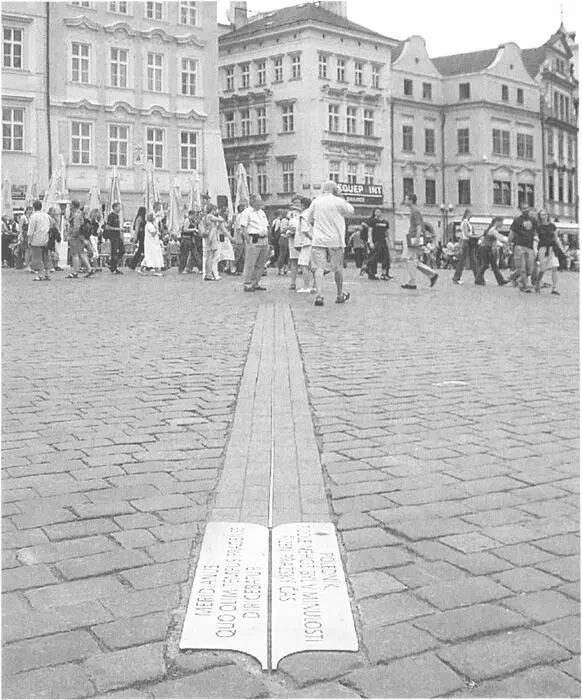
Photo © Terje B. Englund
The Thirty Years’ War, in which more or less every state on the European continent became involved, started in 1618, when protestant Czechs threw the Catholic king’s counsellors out of a window at the Prague Castle (see: Battle of White Mountain). Luckily for the counsellors, they both survived this defenestration, thanks to the latrine in which the gentlemen landed.
Two Czech kings, Charles IV (1316-1378) and Rudolf II (1552-1612) were even elected Emperors of the Holy Roman Empire. True, the title sounds quite impressive compared to the rather limited power that the Emperor exercised, and neither of them spoke Czech as their mother tongue (the former was from the Western German Luxembourg dynasty, the latter was an AustrianHabsburg). Still, for today’s Czechs, they both represent indisputable evidence that this country, from a historical point of view, is an integrated part of Central Europe, and has no more in common with “Eastern Europe” than Austria, Germany or, say, Luxembourg.
Of course, this problem goes beyond religion and history. Take a look at the older buildings that surround you in any Bohemianand Moraviantown. Read Kafka, Švejk, Kunderaand Seifert (see: First Republic), listen to the music of Smetana, Dvořák and Martinů, or visit a gallery with the paintings of Josef Čapek, Emil Filla and Kamil Lhoták.
In short, there are thousands of examples within architecture, literature, music and the arts that prove beyond any doubt that Czech culture can be placed — literally speaking — in the middle of Europe. The renowned linguist R.G.A. de Bray puts it like this:
“Czech culture forms an ideal synthesis of East and West. Antonin Dvořák’s opera Rusalka is a perfect example: an essentially Slavonic legend, with a Slav atmosphere of mystery and longing, set out against Dvořák’s rich melodious music, Slav in spirit, if you will, but Western in technique and harmony.”
And if this still shouldn’t convince a sceptical foreigner, there is the ultimate argument at hand: geography. Prague is situated more to the West than Vienna, Stockholm and Helsinki. Does anybody speak about these cities as East European?
To outsiders, this may seem completely irrelevant; who cares about the difference between Central and Eastern Europe? Well, most Czechs do. Like it or not, it’s a question about national identity. While the countries in Central Europe are regarded as countries that were “kidnapped from Europe by the Soviet Union”, as Milan Kundera writes, Eastern Europe is the mafia-infested, vodka-drinking part of Europe that still is mired in its communist past.
No matter how arbitrary and snobbish this border-line might occur to you, the essence of it is clear as crystal: in a Czech context, the nomenclature “Eastern Europe” should be used with the utmost care and only in a strictly geographical context.
Читать дальше



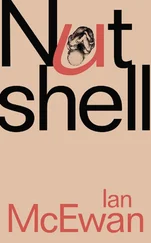
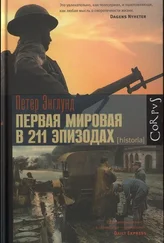
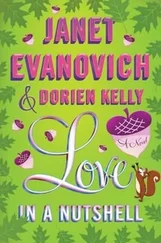

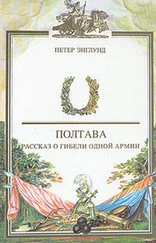


![Theresa Cheung - The Dream Dictionary from A to Z [Revised edition] - The Ultimate A–Z to Interpret the Secrets of Your Dreams](/books/692092/theresa-cheung-the-dream-dictionary-from-a-to-z-r-thumb.webp)



